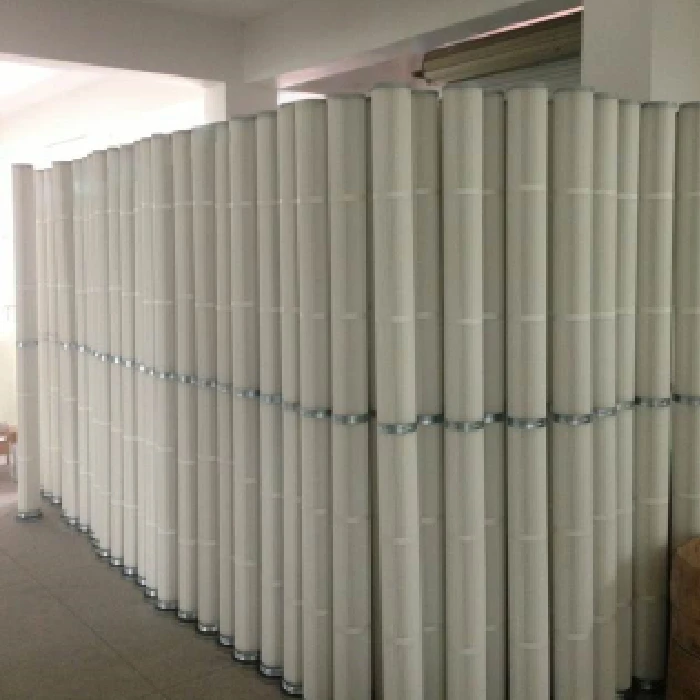Dec . 07, 2024 09:36 Back to list
architectural glass panels
The Versatility of Architectural Glass Panels A Modern Marvel in Design and Functionality
In the ever-evolving world of architecture, one material has managed to capture the imaginations of architects, builders, and homeowners alike—architectural glass panels. Their integration into building designs represents more than just a trend; it symbolizes a profound shift towards a more open, airy, and sustainable approach to modern architecture.
Architectural glass panels are not merely sheets of glass; they are intricately designed products that offer a remarkable balance of aesthetics and functionality. Available in various sizes, thicknesses, and finishes, these panels can be customized to meet the specific needs of a project. From sleek facades to expansive skylights, architectural glass plays a critical role in contemporary design, allowing for natural light to permeate spaces while providing an unobstructed view of the outside world.
One of the most significant advantages of using architectural glass panels is their ability to enhance energy efficiency in buildings
. With advancements in technology, manufacturers now produce insulated glass units with variable thermal performance characteristics. These panels can effectively reduce heat loss in winter and minimize heat gain in summer, promoting energy conservation and lowering utility costs. Moreover, many contemporary glass products come with low-emissivity (Low-E) coatings that reflect infrared light to keep interiors cooler during warmer months, further contributing to a building's overall energy efficiency.Safety is another paramount concern in architectural glass design. Architects and builders now have access to an array of high-strength, shatter-resistant glass options, ensuring that buildings not only look stunning but also meet rigorous safety standards. Laminated glass panels, for instance, consist of multiple layers that hold together even when shattered, reducing the risk of injury from broken glass. This level of safety is particularly crucial in high-traffic areas or spaces where large glass installations are prevalent, such as atriums and pedestrian bridges.
architectural glass panels

Architectural glass panels are also celebrated for their sustainability. As society increasingly prioritizes eco-friendly construction practices, glass manufacturers are innovating to produce panels made from recycled materials. Furthermore, the transparency of glass encourages the use of natural light, reducing the need for artificial lighting and thus lowering energy consumption during the day. In this way, architectural glass contributes not only to the environmental goals of a building project but also enhances the well-being of its occupants by fostering a connection with nature.
In addition to their functional advantages, architectural glass panels offer unparalleled design flexibility, making them a favorite among architects looking to push the boundaries of traditional construction. The modern skyline is replete with stunning glass-clad buildings that mirror the surrounding environment, creating a harmonious aesthetic while allowing for unique and striking shapes. The reflective properties of glass can enhance a building's profile, often incorporating light and shadow into the architectural narrative. As a result, structures don't merely exist in their environments; they respond and adapt, creating a dialogue between the edifice and its surroundings.
Furthermore, with advancements in digital printing technology, architects can customize glass with intricate patterns, colors, and textures, offering an endless array of possibilities for personalized designs. This unique capability transforms architectural glass panels into canvases that allow for individual expression, further pushing the envelope of contemporary architecture.
In conclusion, architectural glass panels represent an essential evolution in building design, embodying principles of sustainability, safety, and aesthetic versatility. As architects continue to explore innovative uses for glass in the built environment, we can expect to see even more groundbreaking designs that integrate this remarkable material in ways that enhance both functionality and beauty. As these trends unfold, architectural glass will undoubtedly remain a cornerstone of modern architecture, shaping the future of how we build and interact with our surroundings.
-
Safety and Style with Premium Laminated Glass Solutions
NewsJun.24,2025
-
Reinvents Security with Premium Wired Glass
NewsJun.24,2025
-
Premium Float Glass Line for Modern Architecture
NewsJun.24,2025
-
Low Emissivity Glass for Energy-Efficient Architecture
NewsJun.24,2025
-
High-Performance Insulated Glass Solutions for Modern Architecture
NewsJun.24,2025
-
Elevates Interior Style with Premium Silver Mirror
NewsJun.24,2025
Related PRODUCTS














